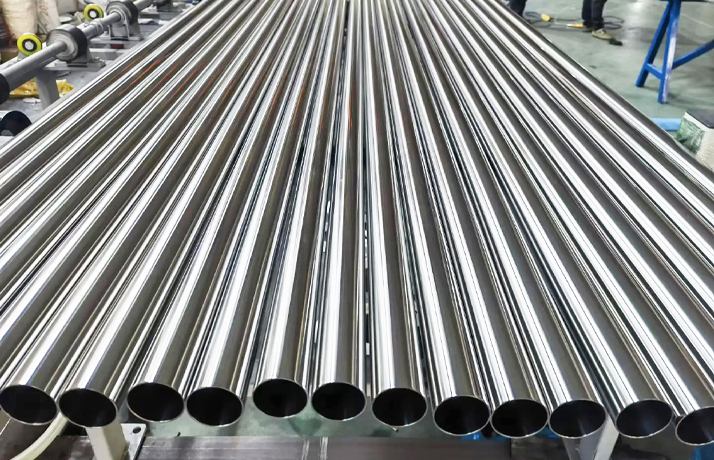
Name: Industry News
In today's volatile steel market, leveraging big data analytics is essential for identifying the best steel price inquiry opportunities and optimizing spot procurement timing. This article explores how data-driven insights can help businesses navigate steel price fluctuations and secure cost-effective purchases.
Key Factors in Steel Price Analysis
1. Market Trend Monitoring
Track historical price trends to identify cyclical patterns (e.g., seasonal dips).
-Analyze macroeconomic indicators (e.g., raw material costs, demand-supply gaps).
2. Real-Time Price Tracking
Use steel price inquiry platforms to monitor daily spot market rates.
Compare regional price differences for better negotiation leverage.
3. Demand-Supply Dynamics
Monitor inventory levels at mills and warehouses.
Assess production cuts or expansions affecting future supply.
Identifying the Best Procurement Window
1. Price Volatility Analysis
Detect short-term steel price fluctuations using predictive algorithms.
Identify periods of price stabilization for bulk purchases.
2. Competitor Procurement Behavior
Analyze industry buying trends to avoid demand surges.
Use AI-driven tools to forecast market reactions.
3. Macroeconomic Triggers
Watch for policy changes (e.g., tariffs, export restrictions).
Track energy and iron ore price movements for early signals.
Practical Procurement Strategies
✔ Automated Alerts – Set up notifications for price drops.
✔ Flexible Contracts– Combine spot and futures buying.
✔ Supplier Benchmarking – Compare offers using real-time data.
With big data analytics, businesses can move beyond guesswork and make informed decisions on spot procurement timing. By continuously analyzing steel price fluctuations, companies can secure the best deals while minimizing risks in an unpredictable market.